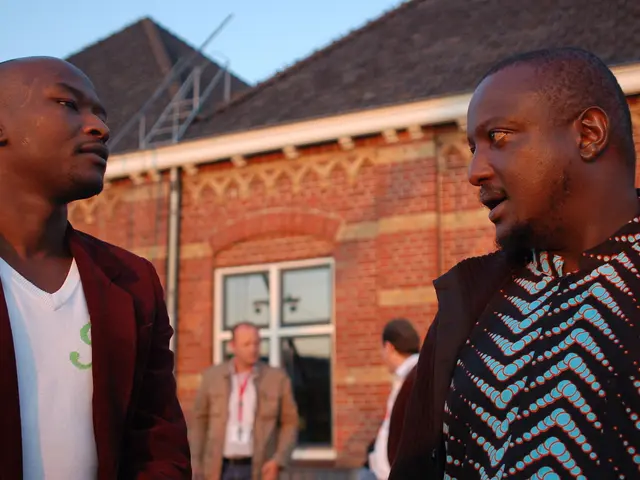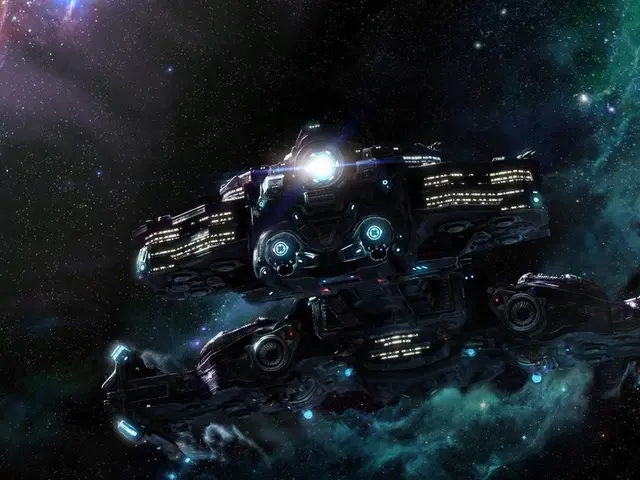Military Enlargement in Canada: A Decision Wisely Delayed But Now Necessary
Relief fills the air as the federal government prepares to hit the NATO target of 2% GDP on defense spending by the fiscal year 2025-2026. This marks a significant jump from the previous government's timeline, which was constantly chasing Canadian public opinion on the matter.
Prime Minister Mark Carney dropped some hard truths in a recent speech, laying out a new military policy, expedited personnel recruitment, improved capabilities, a new defense industrial strategy, and a reduction in reliance on American military aid through collaboration with allies.
Now, with a clear path to the NATO summit in The Hague, Carney can wear the crown without fear. But, as with any big shift, the devil will be in the details. Defense Minister David McGuinty is already under intense pressure to provide specifics beyond vague promises. Achieving more fighter jets, new submarines, drones, and other critical gear is on the agenda, but finding the right tools to do so is no walk in the park.
For years, the procurement process has been a thorn in everyone's side. The norm has been industry lobbying, military personnel over-specifying, and politicians scrapping over regional contracts. To break free from the mold, Carney has declared a single procurement body must forge a fresh acquisition path. The prime minister should instruct the Privy Council Clerk to put an end to internal squabbles and ensure swift progress.
In the interim, quick results can be achieved with sole-source contracts, a move that's likely to ruffle some feathers in the industry. Critics may cry favoritism, lack of accountability, and ethical concerns, but the bottom line will speak for itself. Previous examples, such as the sole-source contract issued to General Dynamics for new armored personnel carriers in 1994, demonstrate that the government can deliver when the order comes from the top.
As the government reviews the F-35 purchase, an alternative could be to ask the losing bidder, SAAB of Sweden, to provide the planes. This approach could offer cost savings and stimulate competition, keeping defense spending lean and efficient.
The Stephen Harper government and the Royal Canadian Navy boosted fleet capabilities quickly by transforming a commercial container ship into the CSS Asterix. While two Canadian-built conventional supply vessels with modern weapons systems are in the pipeline, they won't be ready until 2026 and 2027. Despite the delay, government innovation has shown that bold decisions from the top can lead to effective results.
Carney's commitment to the 2% target is well-received, but he'll need to dig deeper in The Hague, as NATO pushes for 5% GDP member commitments, including 1.5% on defense-related infrastructure. The prime minister may find a silver lining by applying critical infrastructure projects like Arctic port upgrades and highway improvements to the new NATO target, creating a win-win situation for both commercial and military objectives.
However, the question remains: where will the money come from? The prime minister has yet to reveal the funding source, likely to spark intense debate across the country and in Parliament.
David Collenette, chair of the NATO Association of Canada and former Minister of National Defense, offers a unique perspective on these developments. While government moves may bring a breath of fresh air to Canada's defense capabilities, no stone will be left unturned as the country navigates a dangerous world.
- The new defense policy, which includes expedited personnel recruitment, improved capabilities, and a reduction in reliance on American military aid, is a result of the current government's proactive approach to meet the public opinion and the NATO target.
- The Canadian media is closely following the government's plans to achieve more fighter jets, new submarines, drones, and other critical gear, with Prime Minister Mark Carney under intense pressure to provide specifics.
- Objective analysis of Carney's military policy reveals a commitment to modernizing Canada's defense sector, a transition that might be facilitated through technology and business innovations, including the reconsideration of single-source contracts.
- In the realm of sports, Canada's improved defense capabilities could stem potential threats against Toronto's general-news media outlets, thereby ensuring a safe environment for the media to critically report on Canadian business and technology developments, as well as sports.
- As the government's funding strategy for defense spending becomes a hot topic, public opinion will play a significant role in shaping the government's decisions, with experts in policy and finance alike offering insights to address the critical question of where the money will come from.








